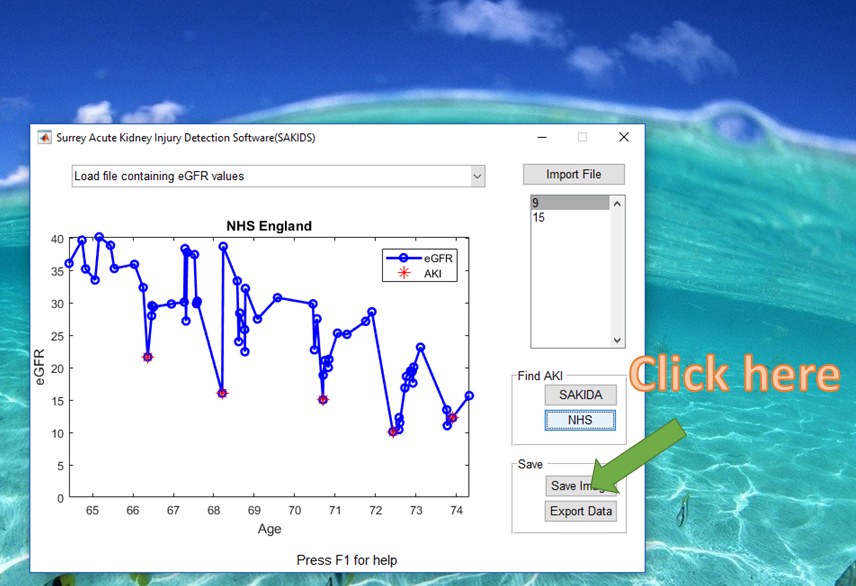
It will launch at your specified time, do it's work and then quit. The benefit to this approach is you don't have to worry about someone quitting the script, it doesn't have to be running at all times. In your case, you'll configure it to run once a week at your specified time and tell it to launch your script. The settings of the plist file tell the computer when you want it to run and what action to take. plist file (example shown below) that you place in a designated directory on your computer. Image: Bundo Kim For more than five years, macOS users have been the targets of a sneaky malware operation that used a clever trick to avoid detection and hijacked the hardware resources of infected users to mine cryptocurrency behind their backs.
Malware years runonly applescripts to avoid mac#
(see more information hereīasically, on your Mac you configure a.
Malware years runonly applescripts to avoid code#
This quirk had prevented security experts from reversing the code until January 2021, when SentinelOne made a breakthrough in disassembling and decompiling the malware.

I actually think what you're trying to do is best suited for launch service. Read the original article: macOS malware used run-only AppleScripts to avoid detection for five years The macOS. If the time of currentTime is greater than fivePM and the time of currentTime is less than (fivePM + 60) thenĭepending on your needs, you may wish to consider using a property to store the last time the script did whatever it was supposed to do properties are maintained across runtimes and may be used to prevent double-execution after power failures or over daylight savings time boundaries. if today is Friday between 5 PM and 5:01 PM, say something! This will check specifically for 5:00 PM on Friday it will check against the current time every minute: on idle If the weekday of currentTime is Friday then This is a very simple idle handler: it displays an annoying “Hello” sometime on Friday: on idle Or, you could check the current date (which includes the current time) every time the idle handler runs, and have the idle handler return 24*60*60, thus checking itself every day or 60*60, checking itself every hour or 60, checking itself every minute. You could, for example, just have it return 7*24*60*60 and every time the idle handler runs, it will also run again in exactly one week. How this will work in practice will depend on how precise you need the “specific time” to be.


Whatever number the idle handler returns is the number of seconds to the next run of the idle handler that is, OS X will take that number and then wait that many seconds before calling the idle handler again. The idle handler is called when an AppleScript application is first opened (after it completes its “run” handler, if it has one, otherwise, immediately). What you probably want is the idle handler.


 0 kommentar(er)
0 kommentar(er)
